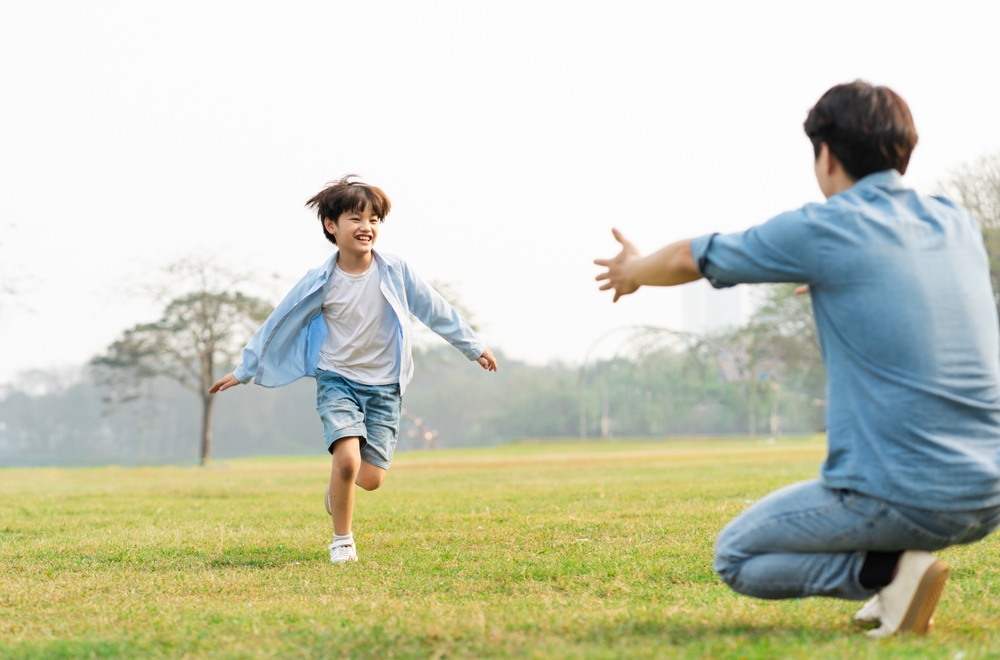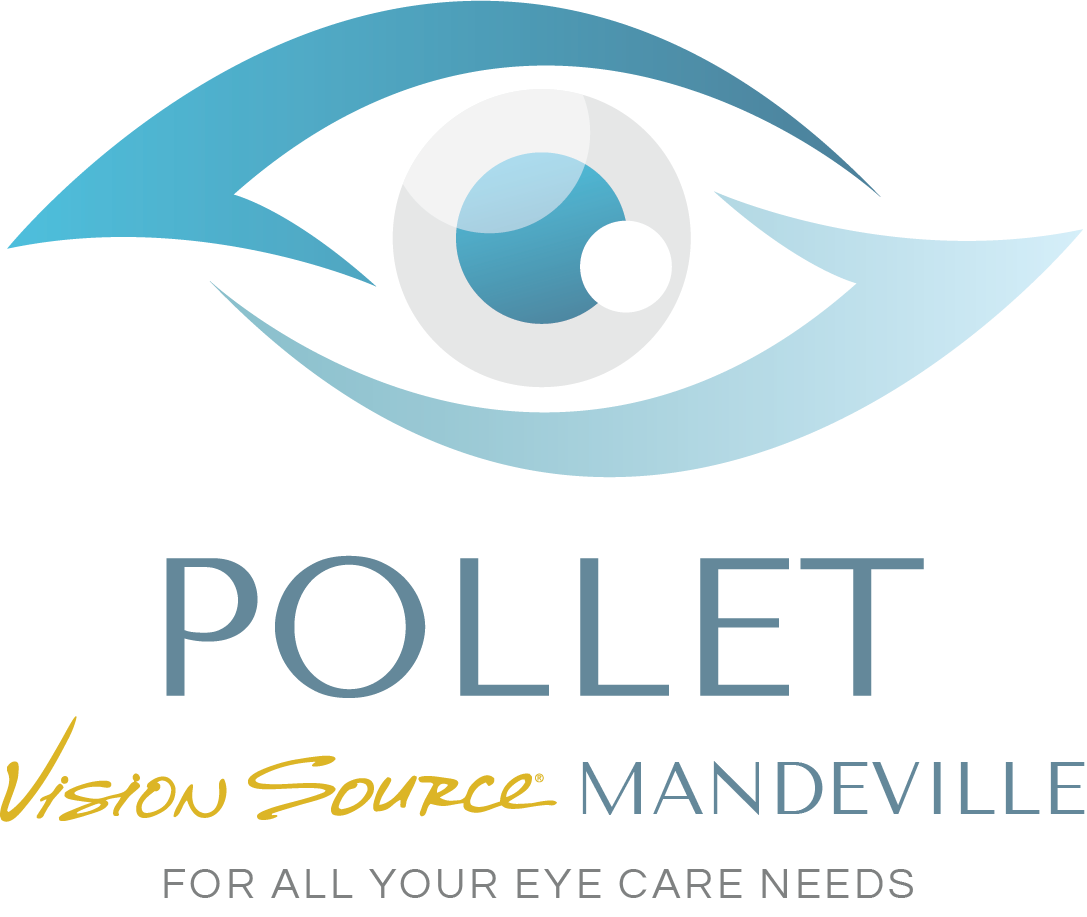
Over the past few decades, the number of children developing myopia has risen dramatically. While family history plays a role, lifestyle changes are a major contributor. One of the simplest ways to help reduce the risk of myopia in children is to encourage more outdoor play.
Why Outdoor Time Matters for Eye Health
Researchers have found that children who spend more time outdoors are less likely to develop myopia or experience rapid progression. Natural daylight is significantly brighter than indoor lighting. This increased light stimulates dopamine release in the retina, which helps regulate normal eye growth and may slow the elongation of the eyeball.
Additionally, indoor activities such as reading, homework, and digital device use require prolonged close-up focus. Being outside encourages children to look at distant objects, which relaxes the focusing muscles inside the eyes and reduces eye strain.
How Much Outdoor Time Is Enough?
Experts recommend aiming for at least 90-120 minutes per day of outdoor time for children. This doesn’t have to be all at once -shorter periods throughout the day add up. Even moderate light levels found outdoors on cloudy days are still more beneficial than typical indoor lighting.
When Outdoor Time Alone Isn’t Enough
While spending time outdoors is an important step in preventing myopia, it’s not a guaranteed safeguard - particularly if a child is already showing signs of nearsightedness or has a family history of the condition. Warning signs to watch for include squinting to see distant objects, complaining of blurry vision at school, sitting very close to the TV or holding books and screens too close, and needing stronger prescriptions at each annual eye exam.
What Is Myopia Management?
Myopia management is a proactive approach to slow the progression of nearsightedness, especially in children and teenagers. Treatment options include:
Orthokeratology (Ortho-K) contact lenses - Worn overnight to reshape the cornea temporarily for clear daytime vision and myopia control.
Multifocal soft contact lenses - Correct vision while sending signals to the eye that help reduce myopia progression.
Low-dose atropine eye drops - Used daily to relax the eye’s focusing mechanism and slow elongation.
Starting these treatments early (before myopia progresses to higher levels) can help reduce the lifetime risk of more serious vision complications like glaucoma, retinal detachment, and macular degeneration.
Protect Your Child’s Vision Today
The evidence is clear: getting outside more often is one of the easiest, most cost-effective steps you can take to help protect your child’s eyesight. Coupled with regular eye exams and early intervention when needed, outdoor time can make a significant difference in reducing the risk and progression of nearsightedness.
At Vision Source Mandeville, we provide comprehensive children’s eye exams and custom myopia management programs to safeguard your child’s vision for the future. Visit our office in Mandeville, Louisiana, or call (985) 300-5700 to book an appointment today.










